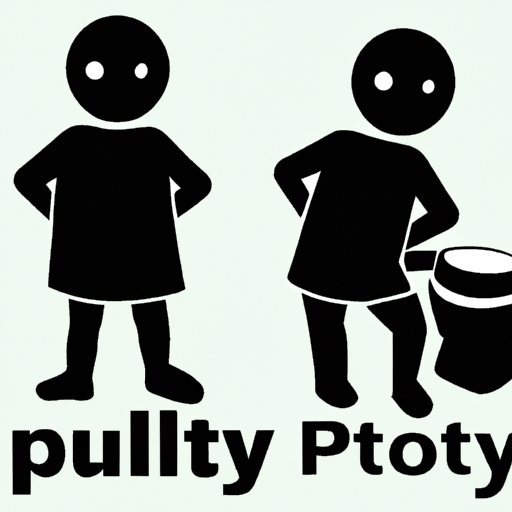
Introduction
Potty training can be a daunting task for parents. Knowing when to start and how to approach it can feel overwhelming. The good news is that there is no one-size-fits-all approach to potty training. In this article, we will explore different strategies for potty training, including age-based, developmental milestones-based, behavioral-based, readiness-based, parent-led, and child-led approaches, to help you find the one that works best for your child and family.
Age-Based Approach
The average age range for starting potty training is between 18 months to 3 years. However, every child develops differently, and age may not always be the best indicator for readiness. Look out for signs of readiness such as increased curiosity about the bathroom, ability to follow simple instructions, and staying dry for longer periods. It’s important not to push your child too early or too fast, but rather to follow their lead and support their progress.
Developmental Milestones Approach
There are several developmental milestones that indicate a child is ready for potty training, such as walking, being able to pull down pants, and communicating the need to go potty. To get started, encourage your child to sit on the potty at regular intervals, offer positive reinforcement, and be consistent with your approach. Avoid punishing or shaming your child for accidents as it can form a negative association with potty training.
Behavioral-Based Approach
Behavioral cues such as a predictable bathroom routine, hiding to go potty, and showing interest in others using the bathroom can indicate readiness for potty training. Parents should recognize these cues and take a supportive approach to potty training. Offer plenty of positive reinforcement, set achievable goals, and build a routine around potty training. Children respond well to praise, so make sure to celebrate their successes.
Readiness-Based Approach
It’s important to wait until your child is ready and motivated to start potty training. Parents should look out for signs of readiness such as expressing discomfort with wet or soiled diapers, showing interest in using the potty, and being able to follow simple instructions. Once your child is ready, create a positive potty training environment with rewards, incentives, and positive reinforcement. Avoid putting too much pressure on your child or comparing them to others.
Parent-Led Approach
A parent-led approach to potty training involves setting a schedule, using rewards and incentives, and being consistent with rules and expectations around bathroom behavior. This approach works well for parents with busy schedules who need structure and routine. Parents should remain positive, encouraging, and supportive throughout the process. Make sure to communicate with your child and adjust your approach based on their needs and progress. Remember, no two children are the same.
Child-Led Approach
With a child-led approach, parents let their child lead the potty training process. This approach works well for parents who want to promote independence and minimize stress. Children are encouraged to use the potty at their own pace, and parents provide positive reinforcement and support. It’s important to communicate with your child, respect their autonomy, and remain patient throughout the process. This approach can take longer than others, but it has long-term benefits for your child.
Conclusion
Potty training can be a challenging but ultimately rewarding experience for both you and your child. Finding the right approach for your family is key. Remember to be patient, supportive, and consistent, and above all, respect your child’s needs and progress. There is no single right way to approach potty training, so choose the approach that works best for your family and trust your instincts. For further information and support, consult with your pediatrician or a trusted childcare professional.




